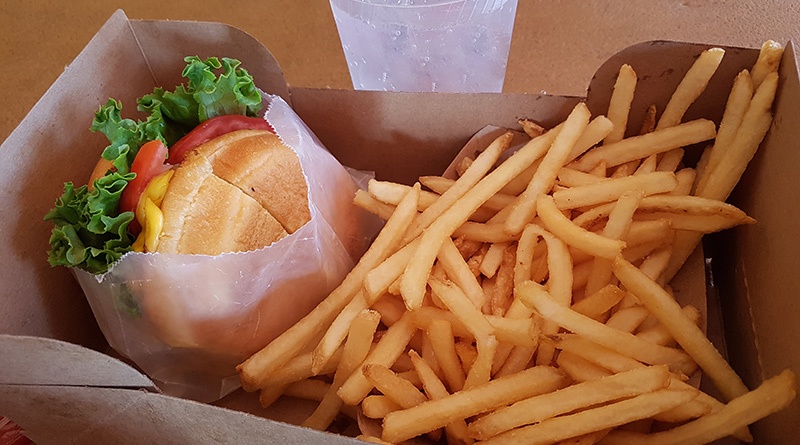Britain Sees The Opportunity For More Delivered Food And Drink

With Britain in lock-down, hot food delivery services from restaurants and takeaways are set to have an increasingly important role in keeping the nation fed.
The public’s appetite for delivered food has been growing. In the week prior to yesterday’s Prime Ministerial order for the public to say at home, research from CGA showed that just over half (53%) of the public are either currently using, or planning to use, delivery as an alternative during the current crisis, with 13% getting delivery from a restaurant or takeaway either for the first time, or more often than usual, in the last two weeks.
The survey showed a clear opportunity for delivered drinks too, with a third (32%) of the public looking for opportunities to have both food and drink delivered.
In contrast, click’n’collect from restaurants and takeaway has yet to be as popular as delivery, with just a third (36%) of people saying they have used or would use such a service.
“With major fast food and sandwich chains like McDonald’s, Greggs, Pret and Burger King now closing, local operators who are able to keep their kitchens open for delivery could play a vital role in taking the strain off of the supermarkets,” suggested Peter Martin, vice president of CGA, the out-of-home sector’s leading research and insight provider, which conducted the snap consumer poll.
The survey showed the biggest demand for delivery is among those who usually eat out at least weekly, among the under 35s, parents and those living in city centres.
Of those who have already increased their use of delivery, 60% are under 35, 50% are parents and 38% are city dwellers. The findings also highlight a pent up demand in suburbia. Nearly half (48%) of all those who are planning to increase delivery in the next few weeks live in suburban locations.
Even in rural areas where delivery provision is thin, there is a predicted surge in demand, with the same proportion of consumers planning to increase frequency (22%) as in city centres.
Looking to the future, 72% of those that had either upped the use of delivery or had used it for the first time in the last two weeks suggested that they were likely to continue this behaviour, regardless of COVID-19.
The main reasons people aren’t using delivery are around cost and trust, and the fact that many want to cook for themselves. Overall, 39% mentioned the expense, 21% wanted to minimize contact with other people, 16% said they didn’t trust the places preparing the food and 12% didn’t want to interact with delivery drivers. The survey showed that consumers were also looking for assurances about quality and 39% thought that only items that travelled well should be available for delivery.
“Communicating your commitment to exemplary food hygiene principles and product quality is crucial to bolstering consumer confidence,” commented Jamie Campbell, chief operating officer at CPL Learning. “For many operators takeaway and delivery services will be entirely new to them. They are having to quickly adapt their operations to meet this demand, so considerations and processes need to be put in place that they don’t risk damaging their business reputation or more importantly, people’s health.”
